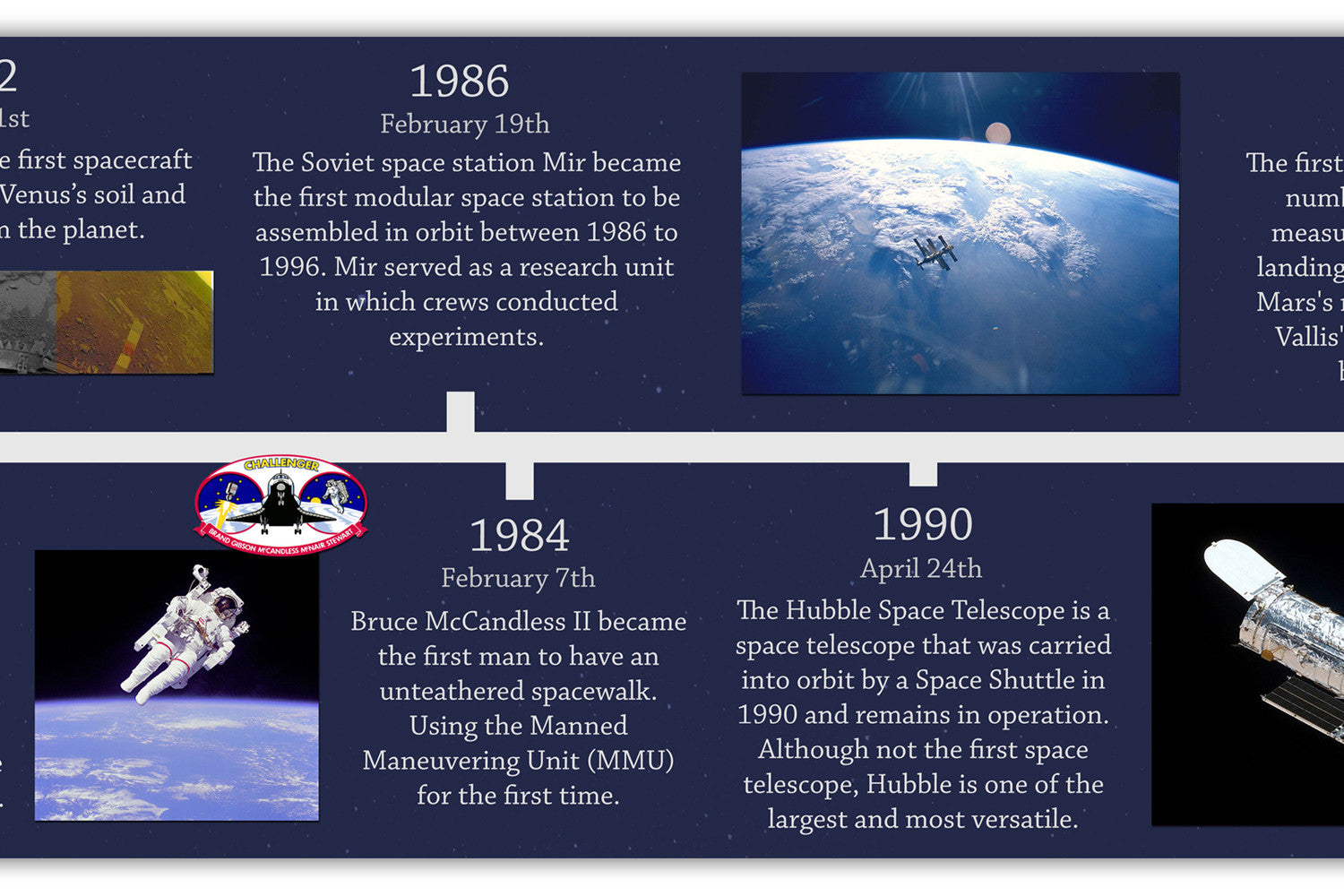

And don’t expect to get radio signals from a far-off planetary system, as depicted in the 1992 movie “Contact.” When will we find evidence for life beyond Earth? And where will that evidence be found? University of Arizona astronomer Chris Impey, the author of a book called “Worlds Without End,” is betting that the first evidence will come to light within the next decade or so.īut don’t expect to see little green men or pointy-eared Vulcans. Continue reading “If Rogue Planets are Everywhere, How Could We Explore Them?”

Based on their first-ever feasibility analysis, they also indicate that deep space missions could explore these unbound objects more easily than planets still bound to their stars. According to a recent paper by an international team of astronomers, there could be hundreds of rogue planets in our cosmic neighborhood. Other research has indicated that rocky planets with plenty of water on their surfaces could also support life through a combination of geological activity and the decay of radionuclides. Like Jupiter, Saturn, Uranus, and Neptune, these satellites could have warm water interiors that might support life. Some of these planets may be gas giants with tightly bound icy moons orbiting them, which they could bring with them into the ISM. Periodically, planets are kicked out of their star systems to become “rogue planets,” bodies that are no longer gravitationally bound to any star and are adrift in the interstellar medium (ISM). But more recent observations, theory, and calculations have shown that planetary systems are subject to shake-ups and change. Continue reading “The PLATO Mission Could be the Most Successful Planet Hunter Ever”Īt one time, astronomers believed that the planets formed in their current orbits, which remained stable over time. Depending on several parameters, they further indicate that it could detect a minimum of 500 Earth-sized planets, about a dozen of which will have favorable orbits around G-type (Sun-like) stars. According to a new study that will be published shortly in the journal Astronomy & Astrophysics, the PLATO mission is likely to find tens of thousands of planets. Knowing how many planets PLATO will likely detect and how many will conform to Earth-like characteristics is essential to determining how and where it should dedicate its observation time. follow the water), these planets are considered strong candidates for habitability since they are most likely to have all the conditions that gave rise to life here on Earth. In keeping with the “ low-hanging fruit” approach (aka. This mission will scan over 245,000 main-sequence F, G, and K-type (yellow-white, yellow, and orange) stars using the Transit Method to look for possible Earth-like planets orbiting Solar analogs. In 2026, the European Space Agency (ESA) will launch its next-generation exoplanet-hunting mission, the PLAnetary Transits and Oscillations of stars (PLATO).


 0 kommentar(er)
0 kommentar(er)
